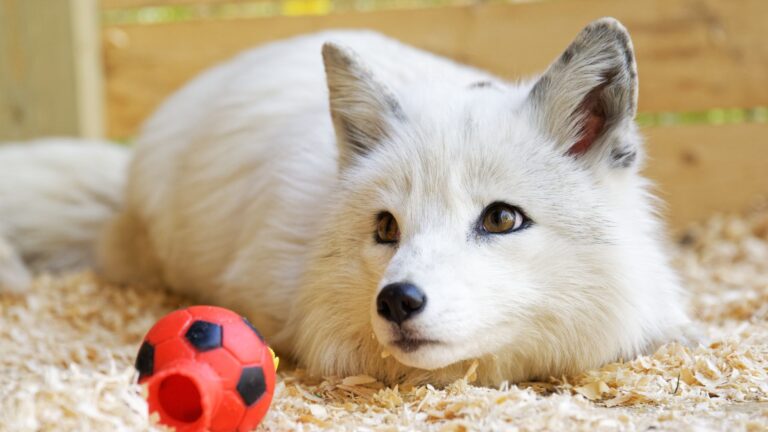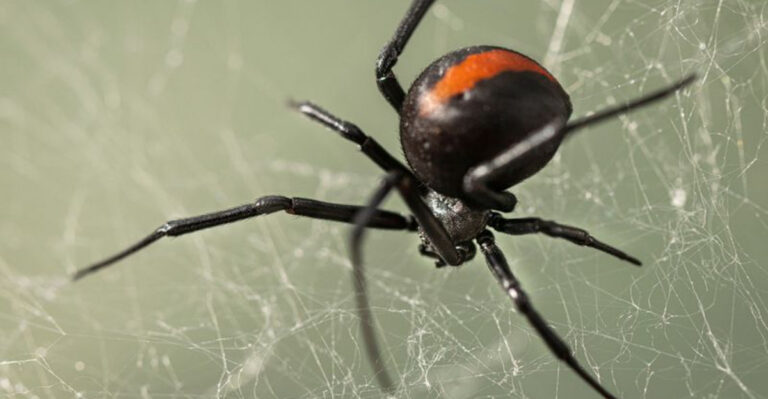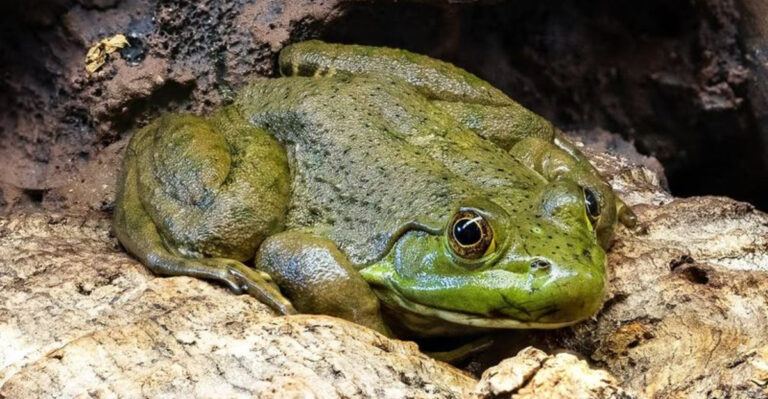14 Ways Cats Mourn Quietly — But Deeply
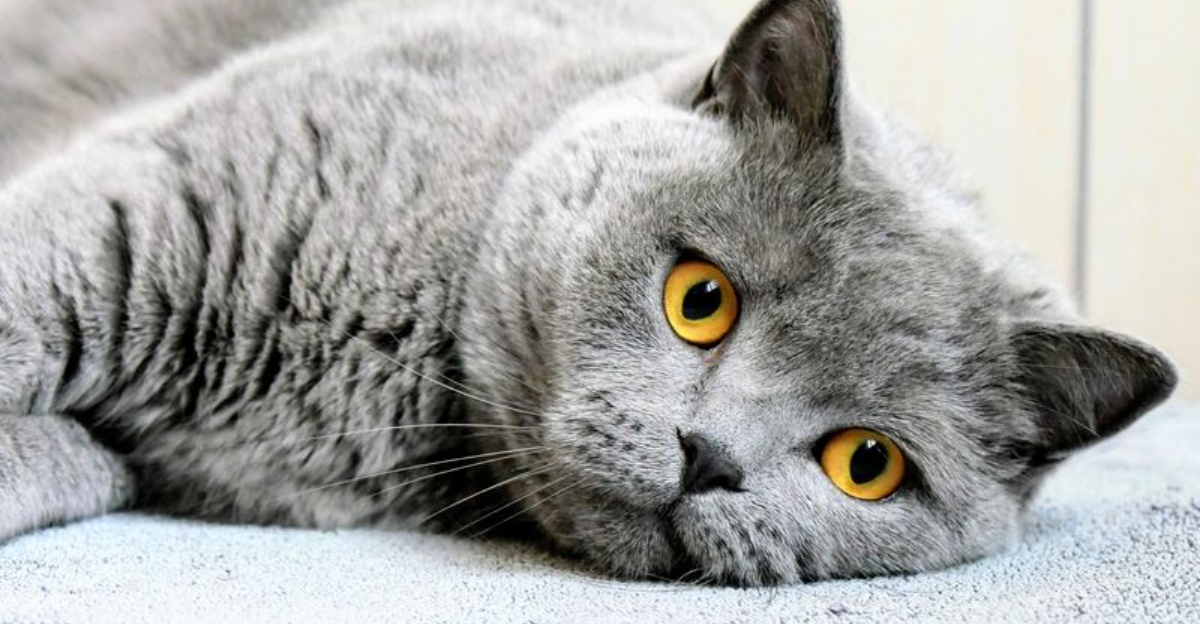
Cats are often misunderstood as aloof creatures, but when it comes to mourning, they can surprise us with their depth of feeling. Whether it’s through subtle changes in behavior or tender gestures, cats have their own unique ways of expressing grief.
Let’s explore the intriguing world of feline mourning and uncover the quiet yet profound ways our furry friends show their sorrow.
1. Subdued Vocalizations
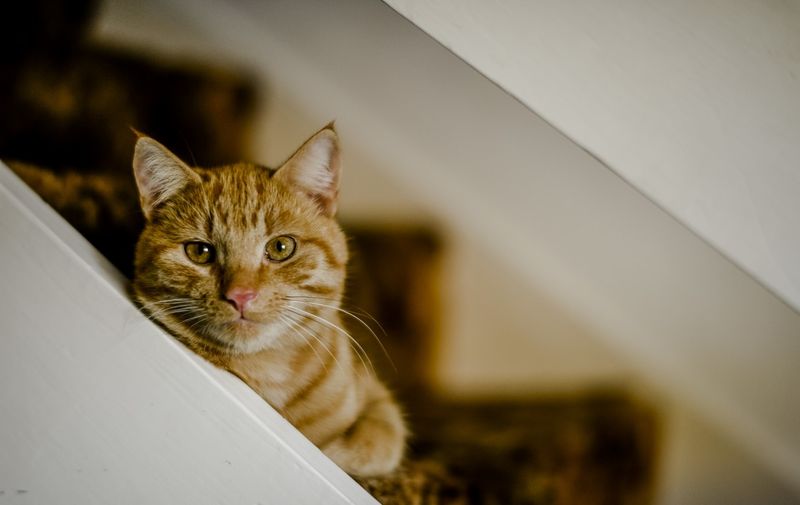
A cat’s usual chatter may quiet down significantly during mourning. Instead of their typical vocalizations, you might hear soft, almost whisper-like sounds. These subdued vocalizations are their way of expressing sorrow.
Cats might find solace in a favorite spot, gazing out as if searching for a lost friend. This change in their communication is a subtle yet powerful indicator of their emotional state. Grief manifests quietly but deeply in their gentle purrs.
2. Change In Appetite
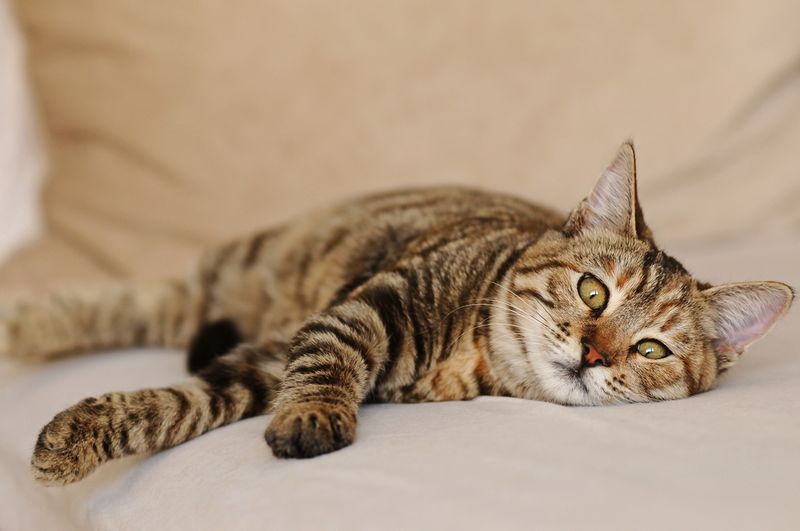
Cats can be food enthusiasts, but grief might cause them to lose interest in their meals. A noticeable change in appetite is a common reaction to loss. This lack of eating can reflect their inner turmoil and sadness.
It’s important to monitor their eating habits during such times. A skipped meal here and there might be their way of coping, but prolonged disinterest should be addressed.
3. Increased Sleep
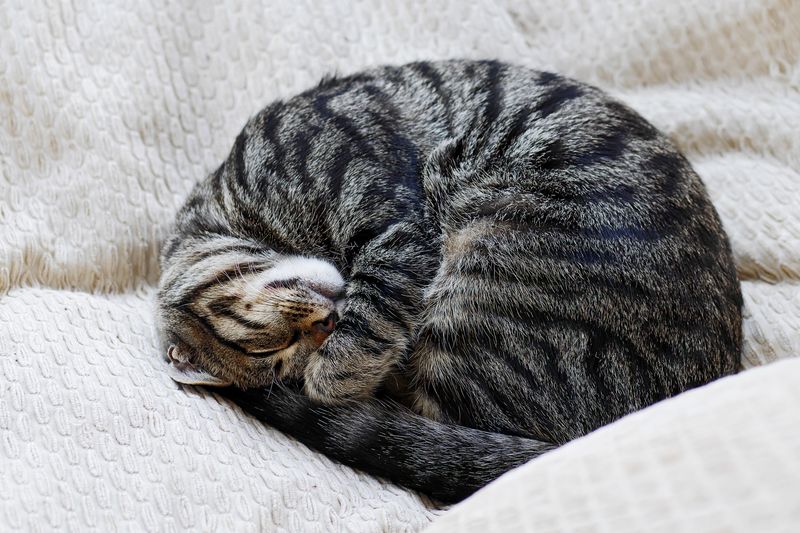
During mourning, cats might retreat into their dreams more often. Increased sleep can be their escape from reality and a means of processing grief. You might find them napping in places where they feel secure and comforted.
This behavior is their way of healing, of finding peace in slumber. It’s a quiet testament to their need for emotional recovery during hard times.
4. Seeking Solitude
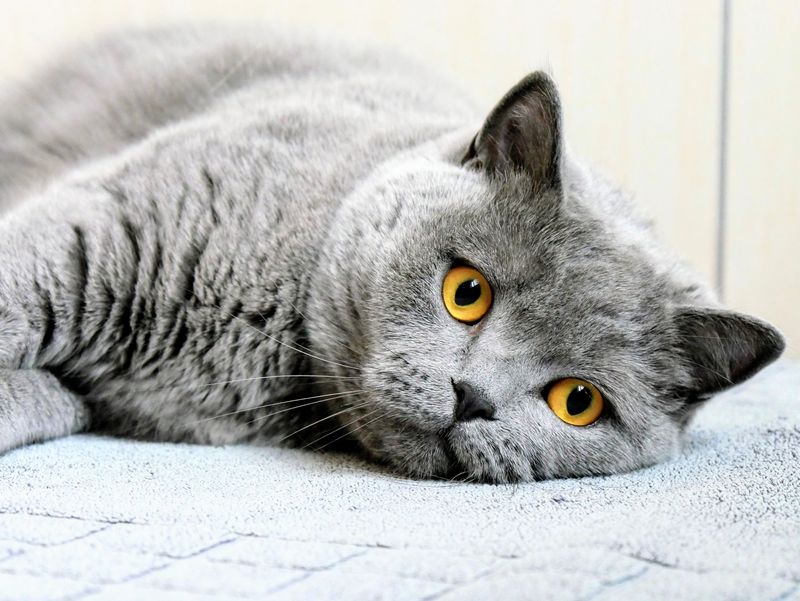
Cats in mourning may seek solitude, withdrawing from their usual social interactions. This solitude isn’t necessarily a sign of distress but a need to process emotions privately.
They might hide away in quiet corners, away from the hustle and bustle of daily life. Respecting their need for alone time is crucial, offering them the space to grieve in their unique way.
5. Clinging To Comfort Objects
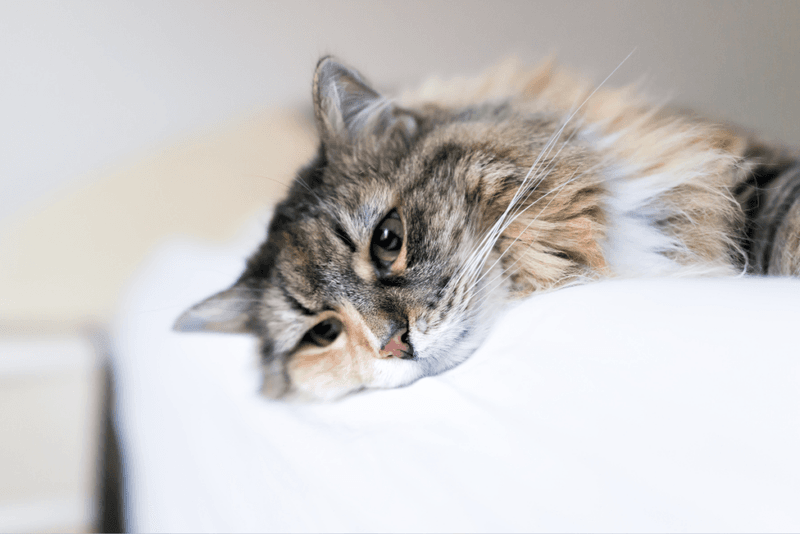
Some cats may latch onto comfort objects during mourning, such as a favorite toy or blanket. This behavior mirrors how humans hold onto mementos of loved ones.
By clinging to these items, they’re finding solace and a tangible connection to happiness. It’s a heartwarming sign of their emotional intelligence, showing how deeply they feel loss.
6. Increased Vocalization
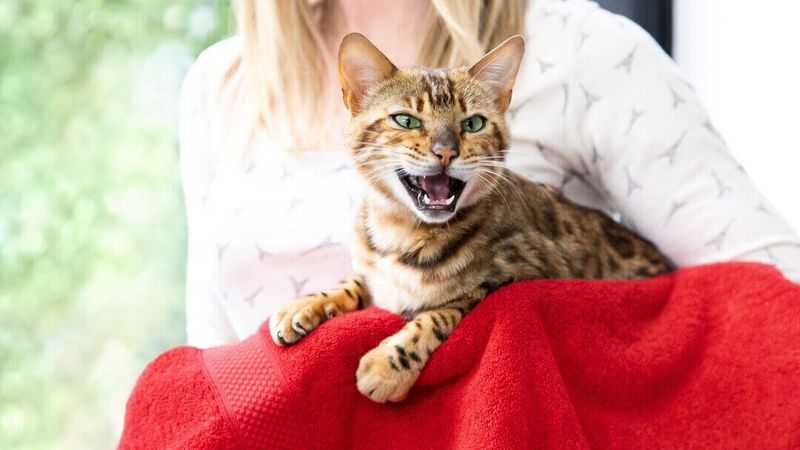
While some cats become quieter, others might become more vocal, as if calling for the one they’ve lost. Increased vocalization can be a way of expressing their longing and confusion.
These persistent calls are their way of reaching out, trying to fill the void left behind. It’s an endearing yet heartbreaking reminder of their deep emotional connections.
7. Overgrooming
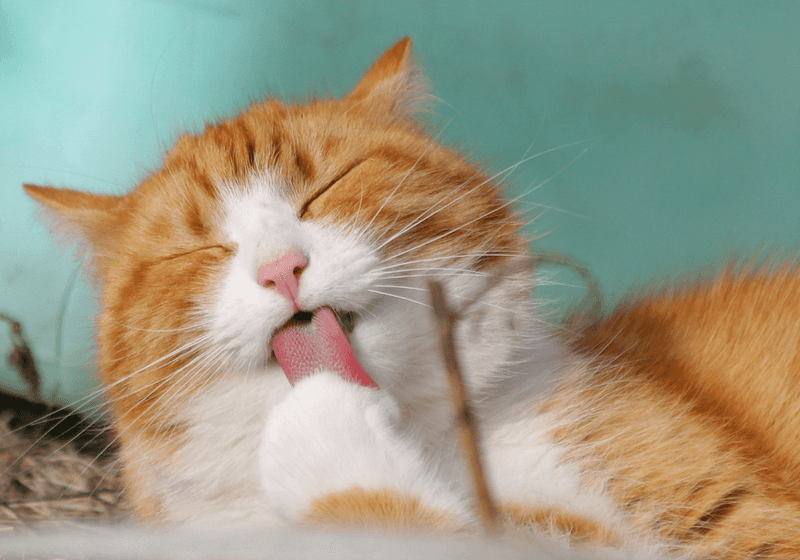
Grieving cats may engage in overgrooming as a coping mechanism. This self-soothing behavior can result in bald patches or skin irritation.
Overgrooming is not just about cleanliness; it’s an emotional response, a way to exert control in a world that feels out of balance. It’s their gentle attempt to find calm amid chaos.
8. Loss Of Playfulness
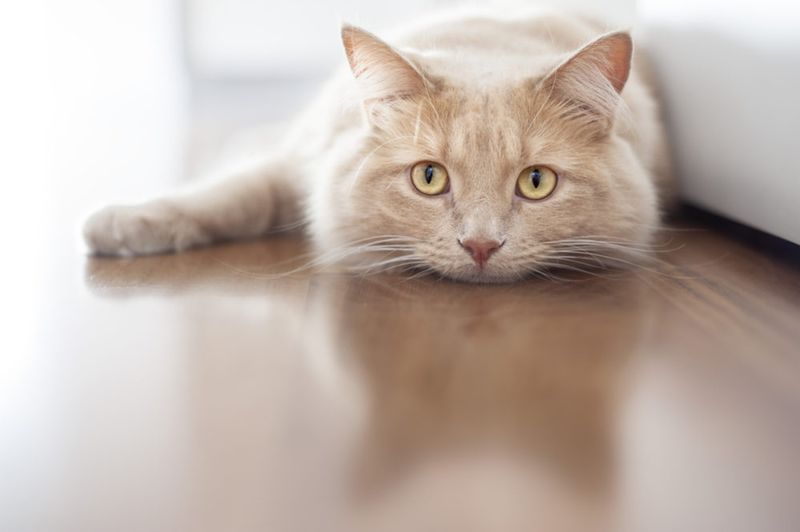
A cat’s playfulness can diminish during mourning, as their zest for life wanes. The toys that once brought joy might now lie untouched.
This change reflects their inner grief, a pause in their carefree antics. It’s a silent acknowledgment of the loss they’ve experienced, a temporary retreat from the playful world they once knew.
9. Restlessness
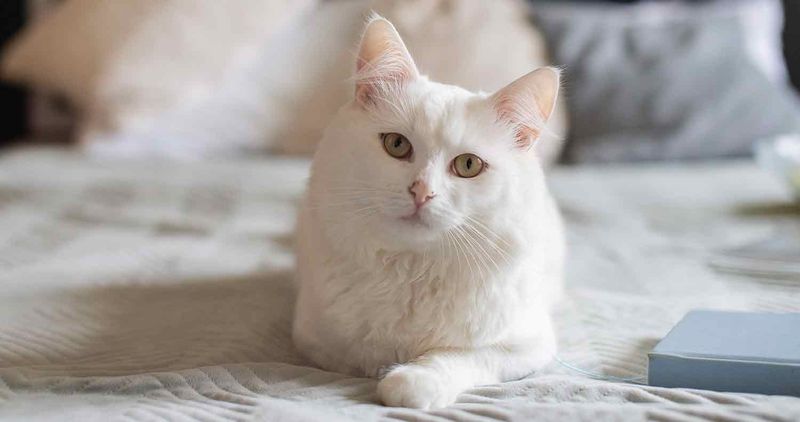
Restlessness can grip a cat in mourning, manifesting as pacing or difficulty settling down. They might roam the house as if searching for something or someone.
This restless energy is part of their grieving process, a physical manifestation of their emotional turmoil. It’s a poignant reminder of how deeply they experience loss, even when it seems they have nothing to find.
10. Attachment To Living Companions
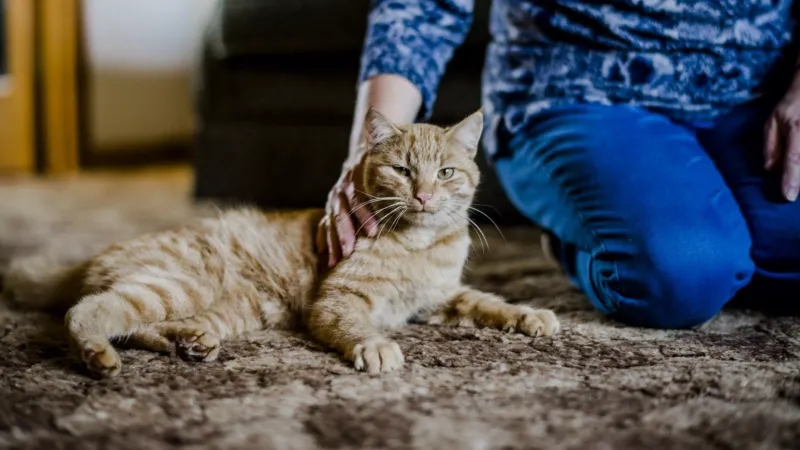
In times of grief, cats might cling more to their living companions, seeking comfort and reassurance. This increased attachment is their way of feeling secure in a world that’s changed.
By staying close, they’re finding strength in familiar bonds, a soothing presence in turbulent times. It’s a testament to their resilience and the comfort companionship brings.
11. Changes In Routine
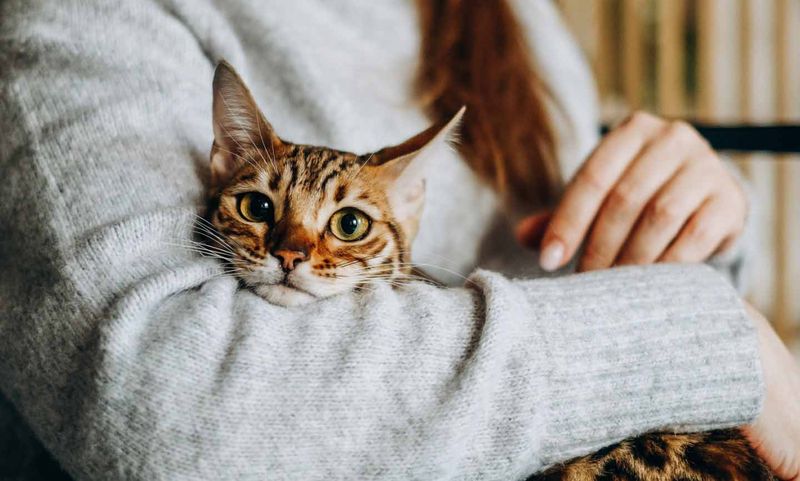
Mourning can disrupt a cat’s routine, leading them to alter their habits. They might sleep in different places or change their activity patterns.
These shifts are their way of coping with the loss, adapting to a new reality. It’s a subtle signal of their inner change, as they navigate the complex emotions of grief.
12. Dilated Eyes
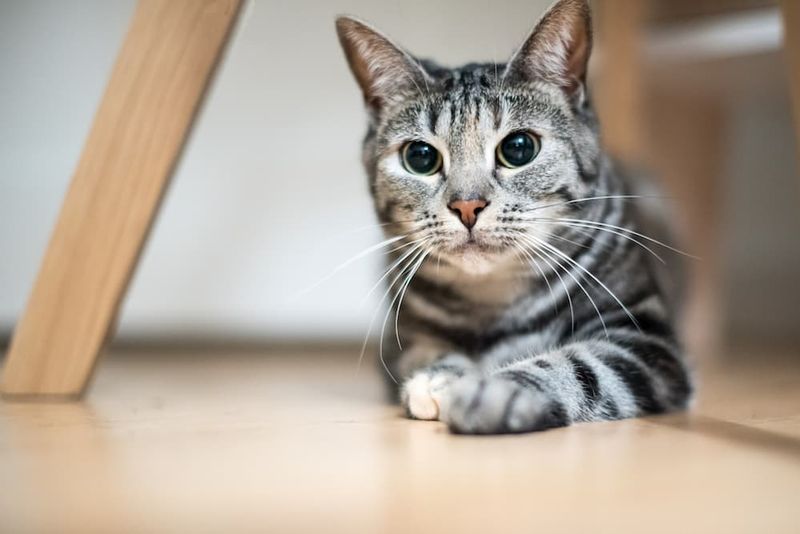
During mourning, a cat’s eyes might appear more dilated, reflecting heightened alertness or anxiety. This physiological response can be linked to stress and emotional upheaval.
Dilated eyes are a window into their soul, showing how deeply they’re affected by loss. It’s a small yet telling sign of their emotional state during trying times.
13. Increased Affection
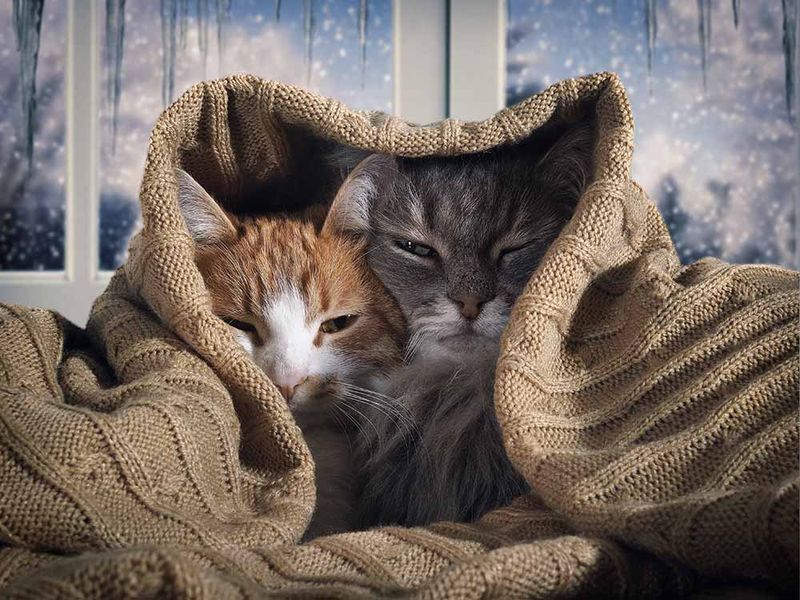
Some cats respond to grief with increased affection, seeking out cuddles and companionship more than usual. This behavior is their way of finding comfort in connection.
By expressing love more freely, they’re bridging the gap left by loss, finding solace in shared warmth. It’s a beautiful reminder of their capacity for love, even in sorrow.
14. Nighttime Vocalizations
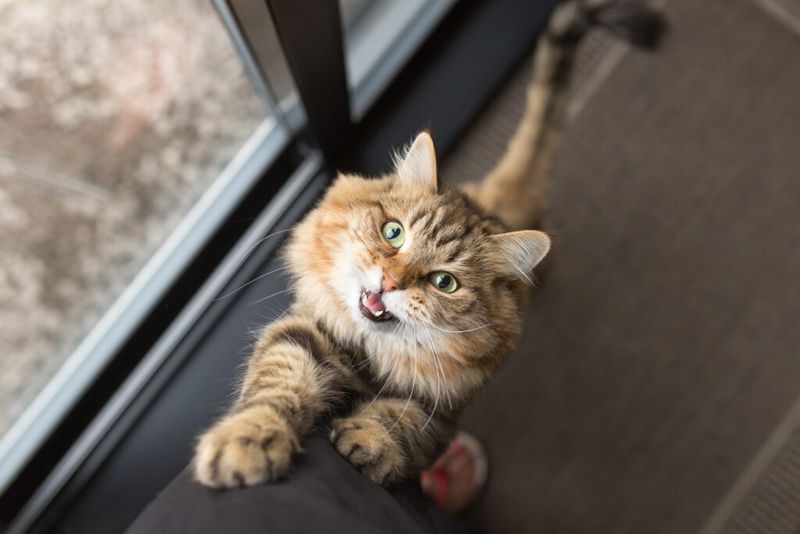
Nighttime might bring about increased vocalizations for a mourning cat, as they call into the stillness. These sounds can express loneliness or a search for the familiar.
In the quiet of night, their calls are a poignant echo of their emotional landscape. It’s a soft, haunting melody of longing, resonating in the darkness.

